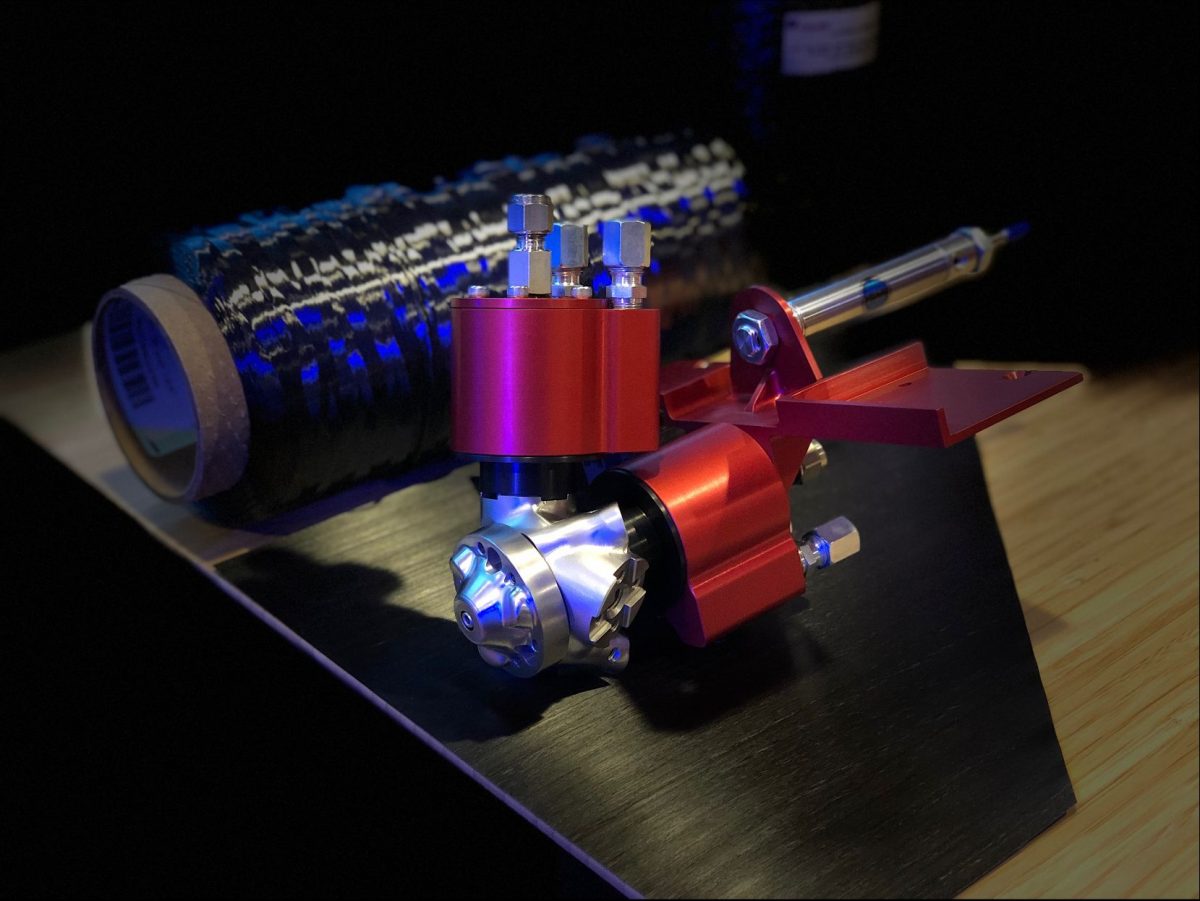

Safe Storage and Handling of Organic Peroxides
Organic peroxides are important tools for the composites industry. They can be used to make polymers (initiation), modify their rheological properties (visbreaking), alter polarity or attach pendant functional groups (grafting), and enhance high temperature performance (vulcanization). The utility of organic peroxides results from their ability to decompose and generate radicals when heated or promoted, but particular attention must be paid to ensure the safe storage and handling of these materials.
Storage Guidance
Guidance for the storage of organic peroxides is provided by the National Fire Protection Association’s Hazardous Materials Code (NFPA 400), as well as the International Fire Code. Organic peroxide formulations are differentiated into six classes (I, IIA, IIB, III, IV and V) according to their transportation type and available burn rate data. Of these, Class I has the most stringent storage requirements and allowed storage quantities.
These codes also provide guidance on other safety aspects such as signage, fire extinguishing systems and storage arrangements. In general, organic peroxides should be stored away from incompatible materials and within the temperature range specified by the manufacturer.
Handling Considerations
Each organic peroxide formulation is unique in its specific hazards, but the four main hazards of organic peroxides are thermal instability, flammability, reactivity to contaminants and shock sensitivity.
- Thermal instability is the property that makes these chemicals useful in the polymer industry because their decomposition yields radicals. If this decomposition occurs when the organic peroxide is in concentrated form a dangerous situation can result. The decomposition reaction is exothermic and can generate a large amount of heat. In addition, this decomposition may result in formation of lower molecular weight, flammable molecules. Vapors generated by peroxide decomposition could be vulnerable to ignition if an adequate energy source is available.
A benchmark metric for comparing peroxide stability is the self-accelerating decomposition temperature (SADT). This is the temperature at or above which the peroxide will undergo a self-accelerating decomposition generating heat at a faster rate than can be dissipated from the container to the environment. The SADT is typically determined using one of four methods specified by the United Nations’ Manual of Tests and Criteria and is shown in Section 9 of the Safety Data Sheet (SDS) for every organic peroxide.
Although the SADT provides guidance on the minimum temperature that would present a safety hazard, the maximum storage temperature provides more practical guidance for storage of organic peroxide formulations. This temperature specifies the maximum temperature that a formulation should be stored to ensure both safety and product quality. The maximum storage temperature for a peroxide formulation is listed in Section 7 of the SDS and is considerably lower than the SADT.
- Peroxide flammability is quantified by both the flash point and the burn rate of the formulation. Most organic peroxides have flash points above 100 F (38 C) so they are typically not readily ignitable. However, many organic peroxides burn at a faster rate than common flammable and combustible liquids. For some peroxide formulations the burn rate is more than an order of magnitude faster than that of gasoline, which could result in more extensive damage to a storage building if ignited. For this reason, proper procedures must be in place and followed to prevent ignition, and operators must not become complacent about peroxide hazards, even after years of incident-free peroxide use. Standards issued by the National Fire Protection Association provide detailed recommendations for preventing fires in composites manufacturing facilities. Resin spray operations are covered in NFPA 33 and combustible dust from grinding operations in NFPA 652. Standards are available at catalog.nfpa.org.
- Contamination can also lead to incidents involving organic peroxides. Foreign materials like acids, bases, reducing agents and oxidizers – and common materials like metals and rust – can destabilize an organic peroxide so that it decomposes at temperatures at which it is normally stable. Organic peroxide users should refer to SDSs for the procedures that should be implemented to prevent contamination of organic peroxides by other substances and to quickly clean up spills of organic peroxides. Acidic absorbents should not be used for spill cleanup procedures. It is generally recommended that calcium carbonate be used as the absorbent for cleanup of organic peroxide spills.
- Shock sensitivity applies only to a few organic peroxides. None are in common use in the composites industry.
In conclusion, organic peroxides are important additives for the composites industry due to their unique reactivity. However, these chemicals also have distinct hazards that must be managed through proper storage and handling procedures to minimize risk. Technical personnel at most organic peroxide suppliers can help users identify the appropriate organic peroxides to meet their technical needs and provide guidance to enable safe storage and use.
- Peter Dluzneski, Ph.D., is a Senior Research Scientist at Arkema Inc. Email comments to peter.dluzneski@arkema.com.
- Disclaimer: Opinions, statements and technical information within the Tech Talk column are that of the authors. ACMA and Arkema make no warranty of any kinds, expressed or implied, with respect to information in the column, including fitness for a particular purpose. Persons using the information within the column assume all risk and liability for any losses, damages, claims or expenses resulting from such use.

SUBSCRIBE TO CM MAGAZINE
Composites Manufacturing Magazine is the official publication of the American Composites Manufacturers Association. Subscribe to get a free annual subscription to Composites Manufacturing Magazine and receive composites industry insights you can’t get anywhere else.








